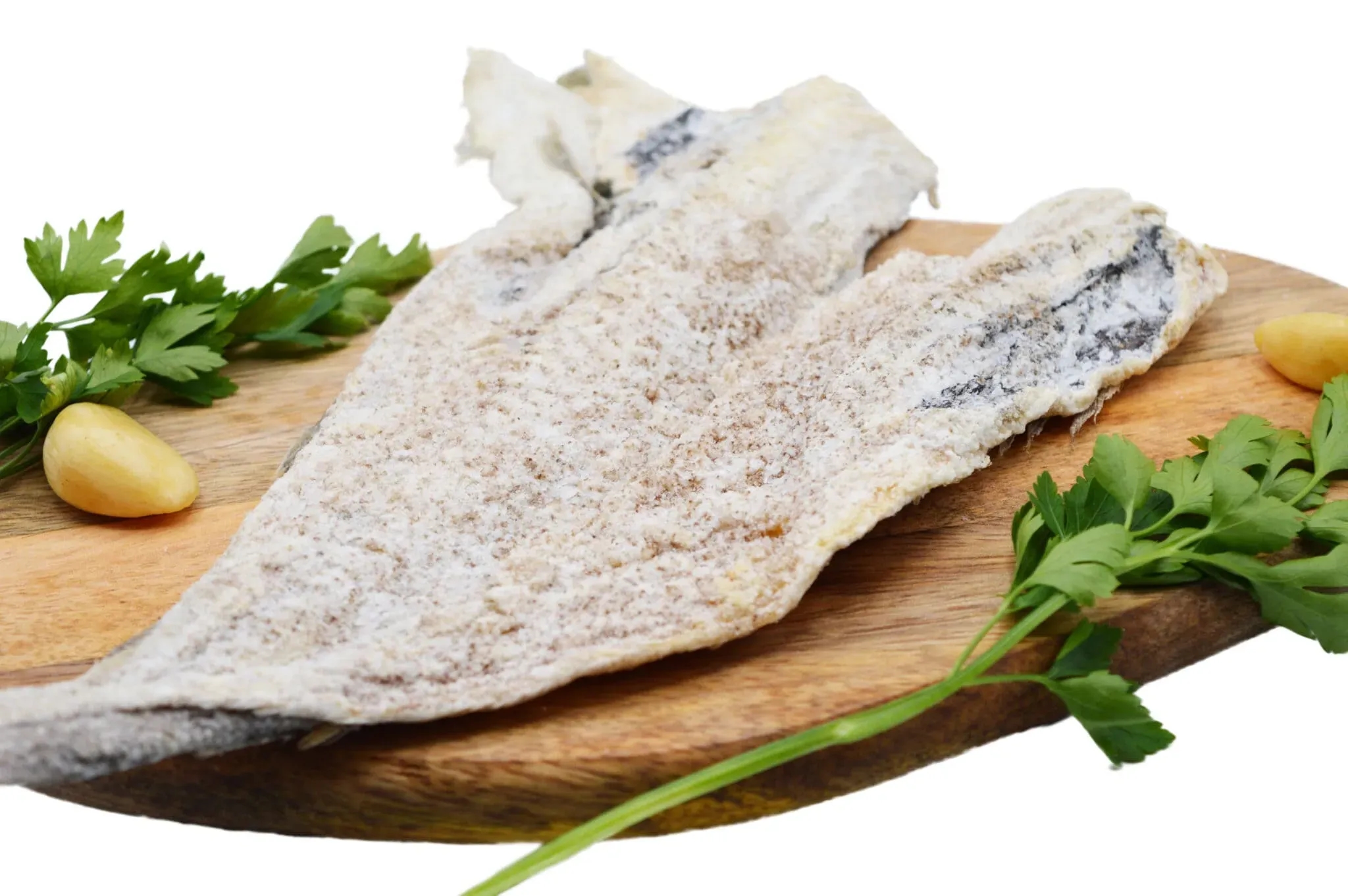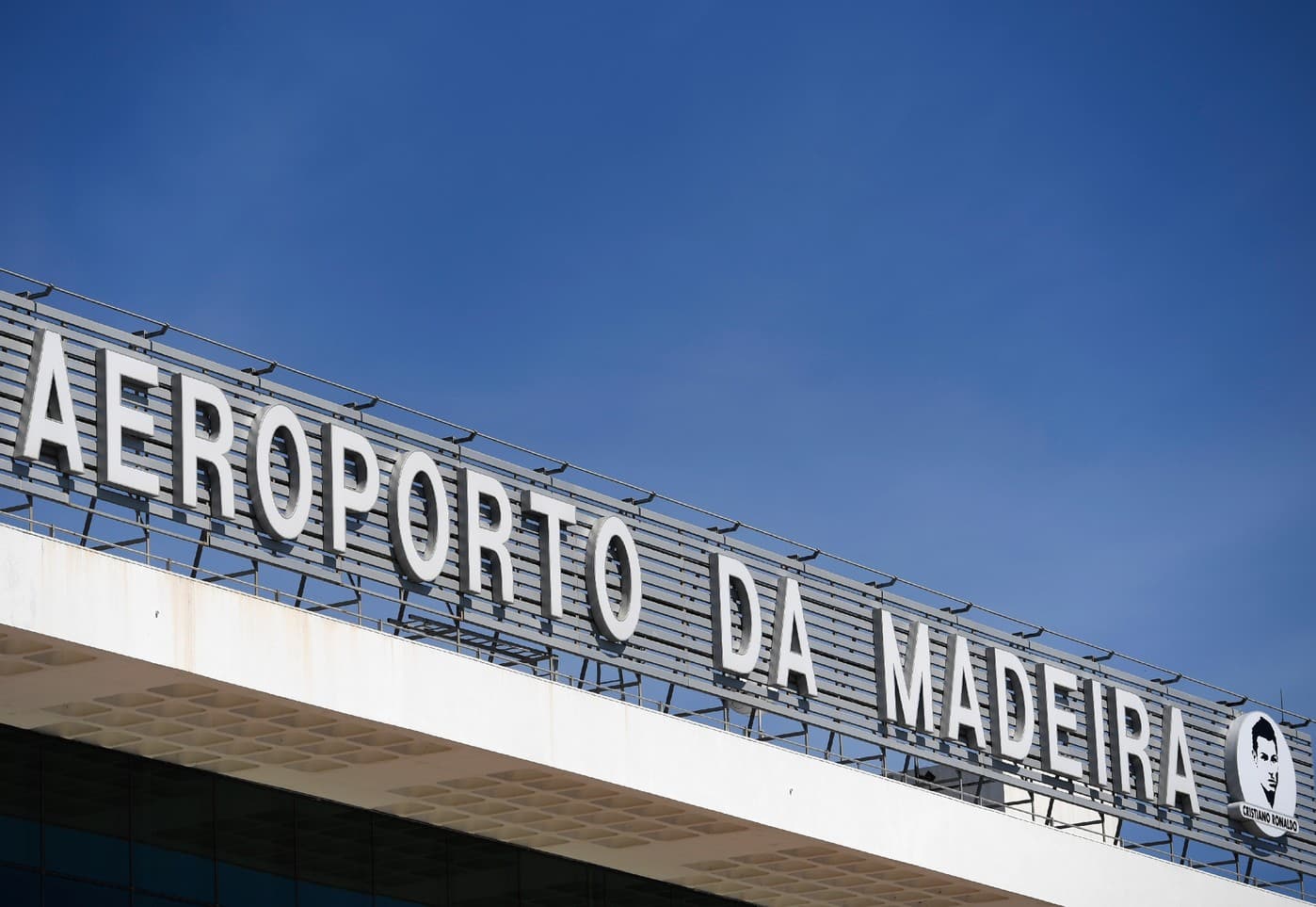
It is one of Portugal’s greatest culinary paradoxes: a country proud of having one of the largest maritime zones in Europe, with kilometers of Atlantic coastline and ancient fishing traditions, has made its national fish one that doesn’t even swim in its waters. Cod is absent from the Portuguese sea, yet omnipresent in the nation’s culture, gastronomy, and collective imagination.
Why did the Portuguese adopt this northern fish with such passion? How did it, over the centuries, become a symbol of national culinary identity? This article takes a journey through history, culture, and cuisine to understand this unique attachment.
A fish from the North
Cod lives in the cold waters of the North Atlantic, particularly off the coasts of Norway, Iceland, and Canada. It never ventures into the warmer, temperate waters of Portugal.
The Portuguese first encountered cod in the 15th century, during the Age of Discovery. When Portuguese sailors reached northern Europe, they discovered this fish’s exceptional qualities: firm flesh, delicate flavor, and, above all, its ability to be easily preserved with salt.

The role of Portuguese salt
If cod conquered Portugal, it was also thanks to one essential local resource: salt. Portugal has long had vast salt pans, particularly around Aveiro and Setúbal.
By combining northern fishing grounds with Portuguese salt, sailors created the perfect pairing: salted and dried cod (bacalhau salgado e seco). This preservation method allowed the fish to be stored for months without refrigeration, making it ideal for long sea voyages and for feeding the population.
Religion as a driving force of consumption
Another key factor in cod’s popularity was the Catholic religion. For centuries, the Church imposed many days of meat abstinence, especially during Lent and on Fridays.
Cod, easy to transport and preserve, became the favored fish for these fasting days. Gradually, it made its way into daily meals and became indispensable in Portuguese households.
365 recipes... and more
It is often said that there are 365 cod recipes, one for every day of the year. In reality, the Portuguese claim many more — some say there are 1,001 ways to cook it.
Among the most famous:
- Bacalhau à Brás: shredded cod with matchstick potatoes, onions, and eggs.
- Bacalhau com natas: baked with cream sauce.
- Bacalhau à Gomes de Sá: with potatoes, onions, and olives.
- Grilled cod with “batatas a murro”: served with smashed roasted potatoes.
Every family has its own favorite recipe, often passed down through generations.
Cod at Christmas
Talking about cod in Portugal also means talking about Christmas. On December 24th, known as Consoada, tradition dictates serving boiled cod with potatoes, cabbage, and eggs.
This simple, somewhat austere dish remains a powerful symbol of family and togetherness. For most Portuguese, Christmas without cod would simply feel incomplete.
Cod in language and culture
Cod extends far beyond the kitchen — it has also found its way into everyday Portuguese expressions.
- The saying “ficar em águas de bacalhau” (“to end up in codfish water”) means something was left unfinished or didn’t go as planned.
- The word “bacalhau” is also used informally to refer to a strong hug or handshake.
- Some even say “a marriage is like codfish” — it can be made in many different ways.
Such expressions show just how deeply cod is woven into Portuguese culture.
A defining element of national identity
Adopting a fish that doesn’t exist in one’s own waters might seem paradoxical. Yet for the Portuguese, cod has become a true national emblem.
It represents:
- The ingenuity of sailors and explorers.
- The ability to adapt to religious and economic constraints.
- The conviviality of shared meals.
Cod is, at once, an everyday food, a festive dish, and a link between past and present.
The diaspora and cod abroad
Through Portuguese emigration, the passion for cod has spread worldwide. In Portuguese communities across France, Luxembourg, Switzerland, Canada, and Brazil, cod continues to be cooked “just like at home.”
It has also become a major export product, now available in supermarkets and Portuguese grocery stores around the globe.
Fun facts and curiosities
- Portugal is one of the world’s largest consumers of cod, accounting for about 20% of global consumption.
- Many Portuguese jokingly say that cod is “the most Portuguese fish there is — even though it never swam in our waters.”
- Cod’s importance is such that it even has its own festivals, such as the Festa do Bacalhau in Ílhavo.
Conclusion
Even though cod doesn’t swim in Portuguese waters, it holds a central place in the nation’s culture and cuisine. Thanks to explorers, salt, religion, and culinary creativity, cod has become far more than a food — it’s a symbol of Portuguese identity.
That is Portugal’s great paradox and strength: the ability to turn something foreign into something profoundly national.
Share this article
Suggested articles

Why do Portuguese cafés always serve such tiny espressos?
In Portugal, you don’t order “a coffee” — you ask for “uma bica”. This tiny word represents a national institution: a strong, aromatic espresso served in a small porcelain cup. For outsiders, it might look almost symbolic, but in Portugal, it’s not about size. It’s about rhythm and culture.

Cristiano Ronaldo doesn’t just have a museum… he also has an airport named after him!
Yes, he never ceases to amaze us, that Cristiano! The beloved child of Madeira doesn’t just have a collection of Ballon d’Ors or a line of underwear (yes, the one with the 4K abs on giant billboards—don’t pretend you haven’t seen it!). He also has… an airport named after him. That’s right! Because in Portugal, when people love, they don’t hold back—especially when it comes to CR7.

Why Do the Portuguese Love Cod So Much When It Doesn’t Live in Their Seas?
Portugal is a country turned toward the sea. Its coastline stretches for more than 800 kilometers, and yet the most emblematic fish of its cuisine, bacalhau (salted and dried cod), does not live in Portuguese waters. A curiosity that intrigues travelers and fascinates food lovers alike.

How “Saudade” Became the Most Famous Untranslatable Word in the World ?
Ah, saudade… that word that drifts through the Portuguese air like a fado note, that slips into conversations without ever really being translated. If you live in Portugal, you’ve definitely heard it (maybe even felt it) without quite knowing how to explain it ! And if you haven’t yet, brace yourself : once you understand saudade, it never leaves you.

The mystery of mosaic pavements, a Portuguese invention copied around the world
Ah… those Portuguese sidewalks! You know, the ones that make you walk with your head down in Lisbon or Porto, not because you’re lost in thought, but because they’re just so beautiful (and, let’s be honest, a bit dangerous if you’re wearing heels !). Those little black-and-white stones, sometimes arranged in spirals, sometimes in waves, and sometimes so slippery they deserve a warning sign that says, “Caution: hazardous masterpiece.” Yes, you know exactly what I’m talking about the calçada portuguesa, or Portuguese mosaic pavement.


